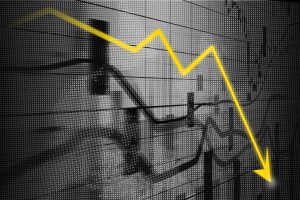Why a 65-65% Market Loss Would Be Run-of-the-Mill
The comments below are an edited and abridged synopsis of an article by John P. Hussman
From September 3, 1929 to July 8, 1932, the Dow fell by -89.2% (not in one fell swoop). The decline—the 1929 Crash—took the Dow down by an initial -47.9%, setting a trough on November 13, 1929. That initial decline was followed by a 48% recovery that peaked on April 17, 1930, leaving the Dow still -22.9% below its bull market high. By the 1932 low, the Dow had plunged -86% below its April 1930 peak, and -79.3% below the bottom it set in November 1929 after losing nearly half of its value.

Comparing present stock market conditions to the 1929 market peak may not be helpful, but on the valuation measures that are most strongly correlated with actual subsequent long-term and full-cycle market returns across history, current market valuations match or exceed those observed at the 1929 peak.
Likewise, valuations for nearly every decile of stocks presently exceed those of the 2000 market peak. The extreme valuation of indices like the S&P 500 at that time was driven by single decile of stocks, largely represented by large-cap technology stocks that collapsed by -83% during the subsequent bear market. At present, every decile of stocks are sufficiently overvalued to allow market losses of -59% to -71%, without even breaching their respective valuation norms.
Still, the behaviour of market internals continues to suggest that investors are optimistic, though they could back off on even a few sessions of weak or divergent market action. So despite the likelihood of absurdly steep market losses over the completion of this cycle, the near-term outlook is neutral, and will remain so until there are broader divergences and fresh deterioration in the measures of internals.
Up for discussion: why a 60-65% market loss would be run of the mill; valuations and bear market losses; nibbling the speculative bit; and cyclically excessive deficits.

